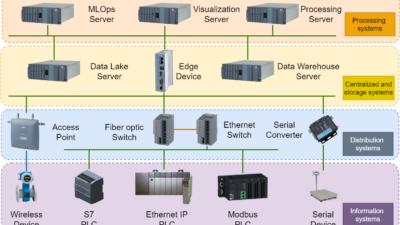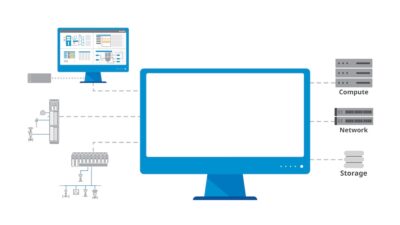SAS , long recognized as a leading supplier of technology for analyzing business processes, has introduced a new solution that supports the execution of demand forecasting.The new solution—called SAS Demand-Driven Forecasting—not only allows for predicting what products customers will want to buy over a given time frame, but also offers capabilities for shaping those demand patterns, according to SAS officials.“It allows for being proactive rather than reactive [in demand planning] by determining things like which product mix makes sense,” says Ritu Jain, SAS product marketing manager for manufacturing and supply chain solutions. The criteria for judging what makes sense can include the manufacturer’s profit margins, Jain adds.Charlie Chase, a SAS business enablement manager, says this demand-shaping capability is just one of many features“We introduced SAS Forecast Server [in 2005] as a front-end to other demand planning solutions,” Chase says. “It focused on analyzing data to create sales forecasts.”The chief selling point for SAS Forecast Server was its ability to crunch numbers faster—and SAS claims more accurately—than most other forecast engines, which gave users the capability to include many more products“They wanted an integrated solution that would also help them sense and shape demand,” he says. SAS Demand-Driven Forecasting enables demand shaping, according to Chase, because it allows users to do “what-if?” analysis to determine what strategies—such as sales promotions—would produce specific demand patterns.While this sounds like sophisticated stuff, Chase says SAS Demand Forecasting is easy to use, particularly if companies employ the optional add-in for Microsoft Office. That option allows users to work with data generated by the SAS solutions in a Microsoft Excel spreadsheet.“This gives users direct access to the advanced analytics that SAS provides in a familiar Excel interface,” Chase says. “They can create forecasts by multiple business hierarchies—by geographical region, by brand, by product, or many other factors. They also can bring in external factors that may affect demand like weather or rising commodity prices.”Chase expects many customers to use SAS Demand-Driven Forecasting as an aid to sales & operations planning (S&OP), the process that strives to correlate production plans with actual customer demand.Chase says SAS Demand Forecasting contains a workflow component that allows multiple parties to have input into the “what-if?” analysis.“Data also can be put into workflow templates . . . to create a weighted statistical forecast or a weighted consensus forecast,” something most S&OP efforts strive to reach, says Chase. “We stop just short of S&OP, giving companies the ability to create accurate, unconstrained forecasts.”While the solution stops just short of S&OP, Chase says it does tread on the territory of other solutions that SAS up to now has only sought to complement—specifically the demand-planning modules of ERP and supply chain management suites.“This is a new footprint, going deep into the territory of the demand-planning modules of ERP or supply chain systems,” Chase says. “Many of the existing ERP and supply chain systems lack good planning applications, and few of them actually do consensus forecasting. Our statistical engine is more robust than most of those solutions, and are workflow engine is very robust as well.”Chase says SAS Demand-Driven Forecasting can be used as a statistical engine that feeds data to other planning modules, “or you can shut off those planning modules and use this as your complete forecasting solution, sending the final results into downstream execution systems.”More than a dozen customers have expressed interest in purchasing SAS Demand-Forecasting, which was unveiled the first week of June, Chase says.



